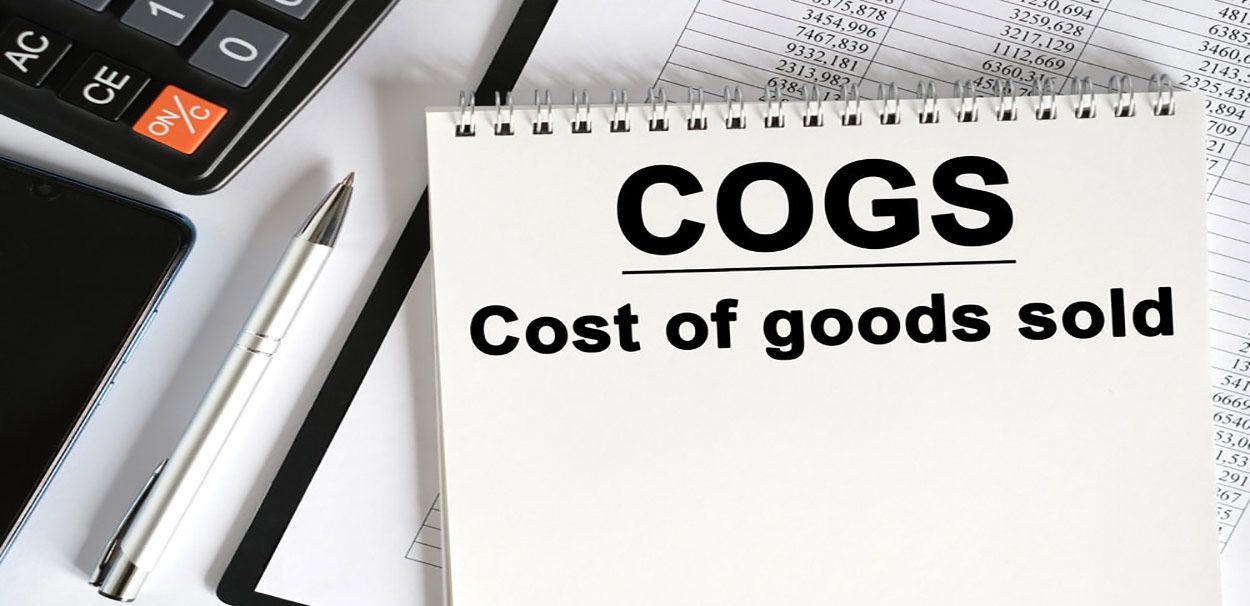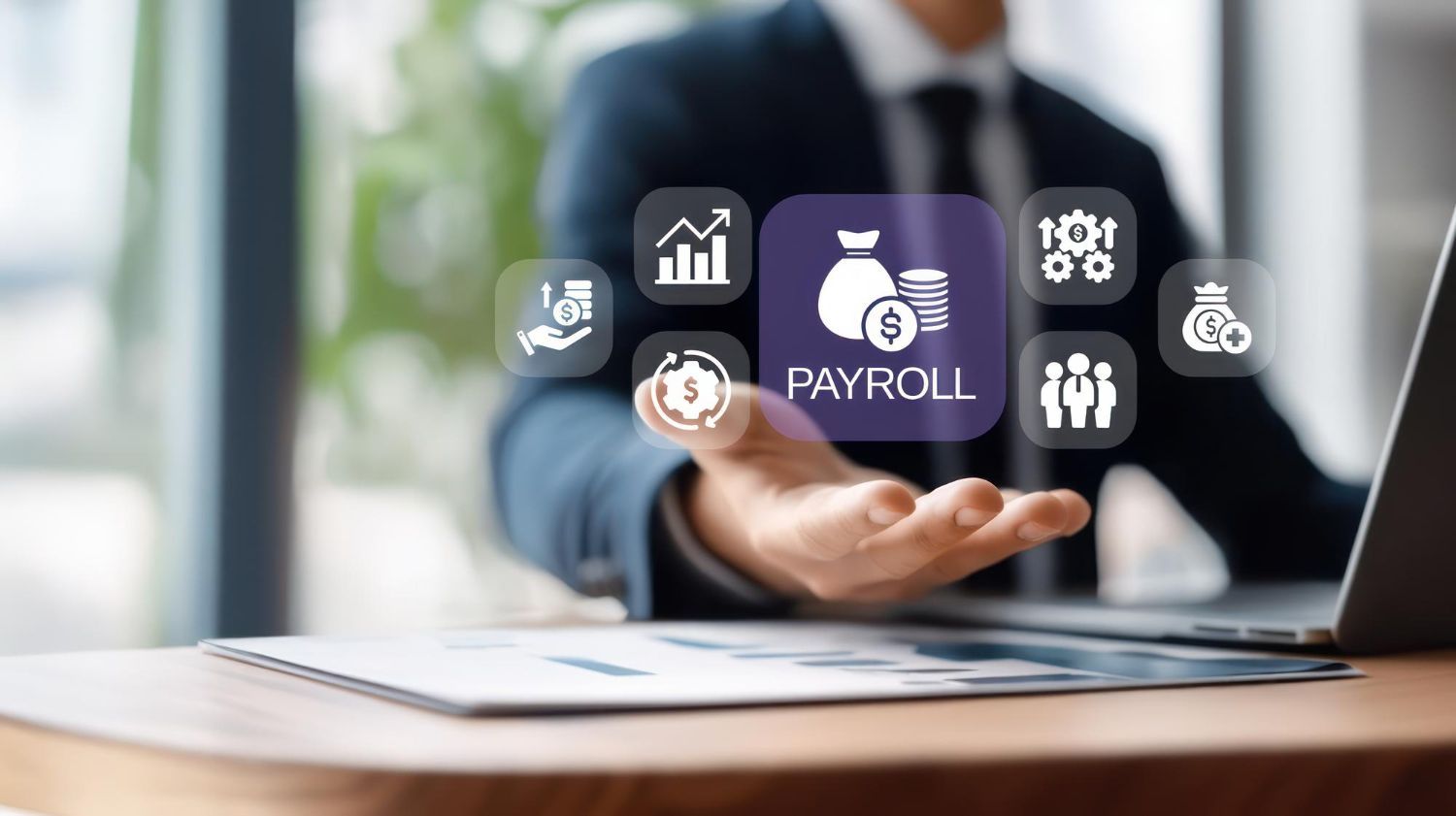5 Points of Understanding Cost of Goods Sold (COGS)
In the realm of business efficiency, one crucial metric that demands close attention from both business owners and external stakeholders is the gross profit or gross margin percentage for Cost of Goods Sold (COGS). This metric reflects the effectiveness of a company’s products or services and plays a significant role in evaluating its overall performance. To grasp the concept of gross profit, it’s essential to first understand the key driver behind it: the cost of goods sold (COGS). Let’s delve deeper into COGS and explore how it shapes the fundamental financial health of a business.
1. Demystifying Cost of Goods Sold (COGS)
COGS encompasses all the direct costs (in dollars) involved in creating, purchasing, or servicing the products that a company sells to generate revenue. These costs are directly associated with the delivery of products or services to customers. While different industries have their unique methods of calculating COGS, common expenses such as rent, marketing, advertising, and overhead costs are typically excluded from the computation, as they are not directly linked to the product or service.
2. Calculating COGS Across Industries
COGS calculation varies across different industries. Let’s explore some common examples:
- Manufacturing (including e-commerce): Includes labor, manufacturing overhead, and raw materials.
- Finished Goods (including e-commerce): Encompasses costs associated with procuring finished goods from suppliers, including freight and landed costs.
- Software as a Service (SaaS): Often referred to as cost of sales (COS) or cost of revenue (COR) since SaaS companies don’t produce physical goods. It includes staffing costs, hosting expenses, third-party software, and subcontractors directly involved in product delivery.
3. Significance of COGS: A Critical Company Metric
COGS plays a vital role in assessing a company’s efficiency in selling goods or services. In early stages, it provides insight into the viability of a business. High COGS and low profit margins without effective cost reduction strategies might necessitate a business pivot. For scaling companies, Cost of Goods Sold (COGS) offers valuable details on cost containment and supplier negotiations. As a benchmarking metric, investors and stakeholders closely examine Cost of Goods Sold (COGS) when analyzing a company’s financial health.
4. The Power of Gross Profit and Gross Margin Percentage
Gross profit is calculated by deducting Cost of Goods Sold (COGS) from revenue, yielding an absolute dollar amount. On the other hand, the gross margin percentage, expressed as a ratio, compares gross profit to revenue. The higher the gross profit and margin percentage, the more efficient a business or its management is at generating profit from each dollar of revenue. While comparing gross profit across businesses may not provide significant insights due to differing sizes and scales, the gross margin percentage serves as an essential key performance indicator (KPI) that can be compared across industries.
5. Balancing Gross Profit with Operating Expenses
Operating expenses, unlike COGS, are indirect costs not directly tied to revenue production. Examples include marketing, rent, professional fees, and internal software. Although operating expenses are crucial for a company’s bottom line, COGS remains the more critical metric for assessing long-term viability and profitability.

Also Read: Are tipping subject to taxation in Canada?
Conclusion: The Path to Sustainable Business Efficiency
Understanding the interplay between gross profit, Cost of Goods Sold (COGS), and operating expenses is essential for achieving sustainable business efficiency. Accurate COGS calculations provide valuable insights into a company’s performance, and a healthy gross profit margin percentage signifies efficient revenue generation. By striking a balance between these crucial metrics, businesses can chart a path toward long-term success and financial health. If you need assistance in analyzing your financial statements and determining COGS, COS/COR for your unique business , don’t hesitate to reach out to us for expert guidance. Together, we can drive your business toward optimized efficiency and growth.
The post 5 Points of Understanding Cost of Goods Sold (COGS) appeared first on DBM Accounting | David B. McKeand Professional Corporation.
Share This Blog











